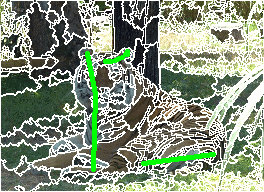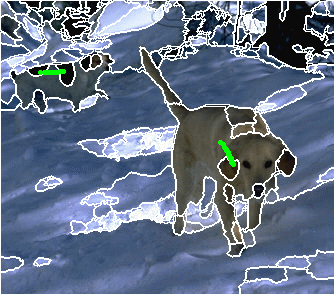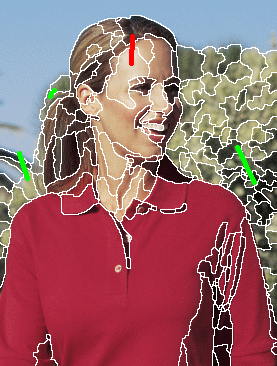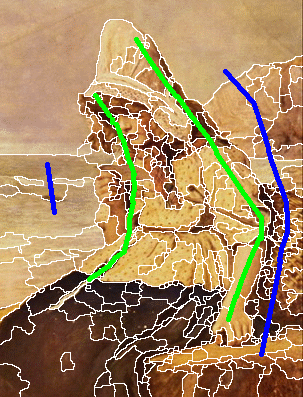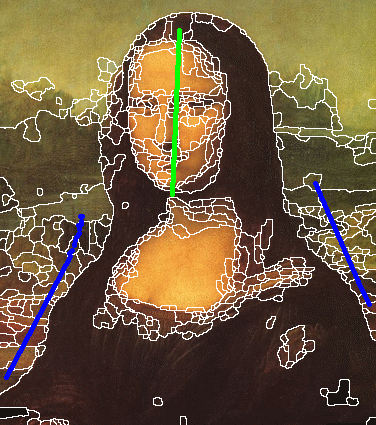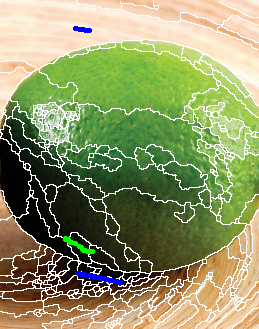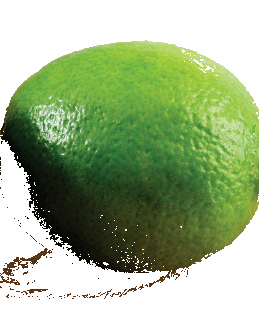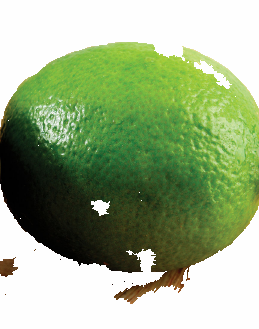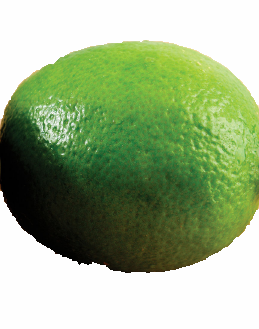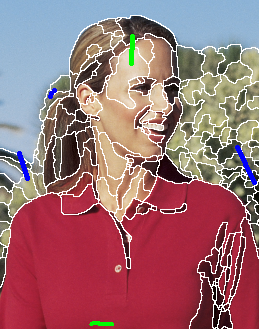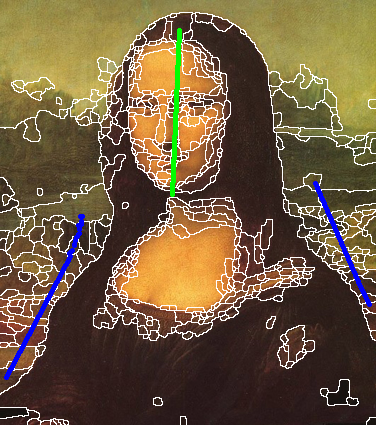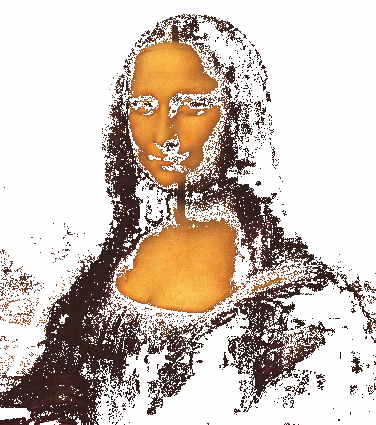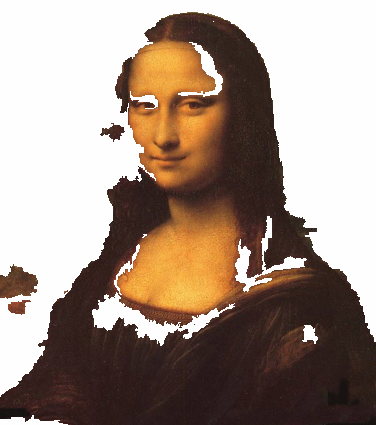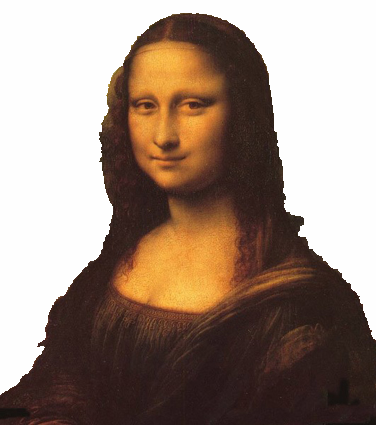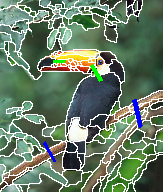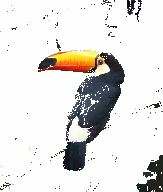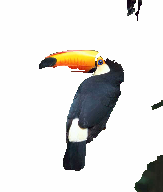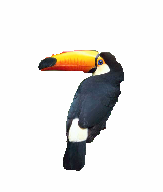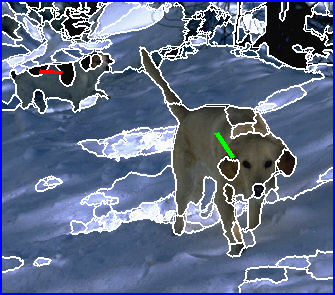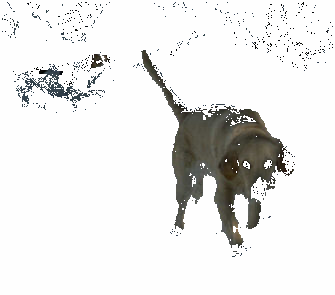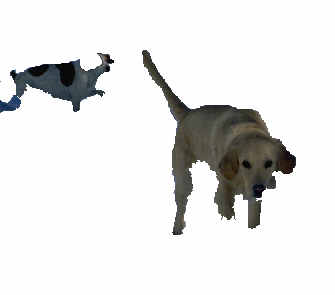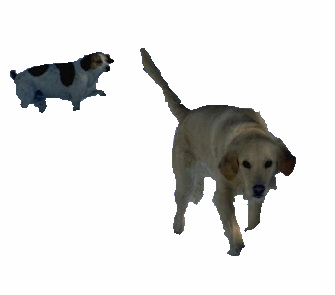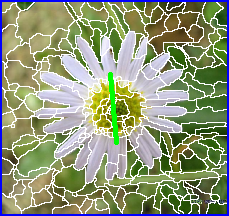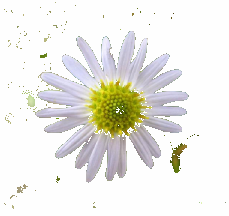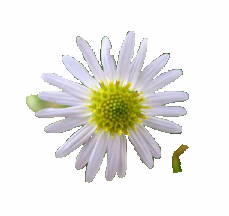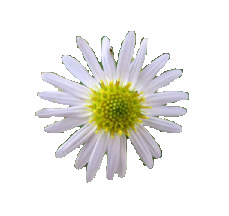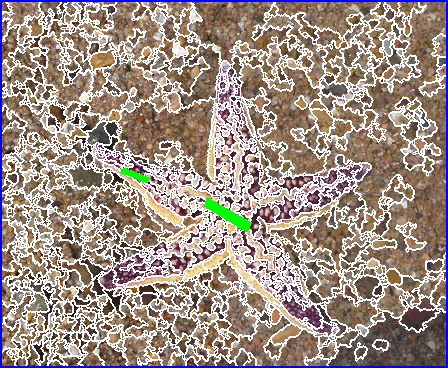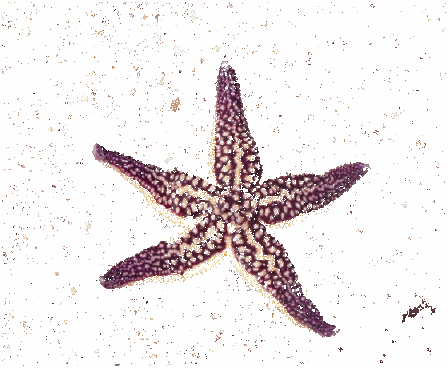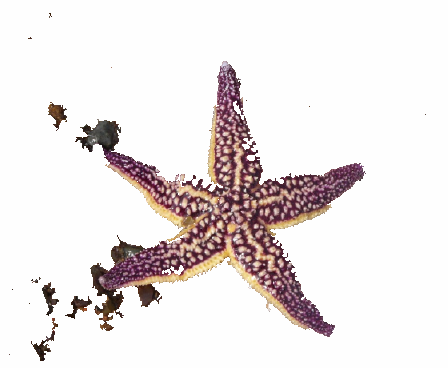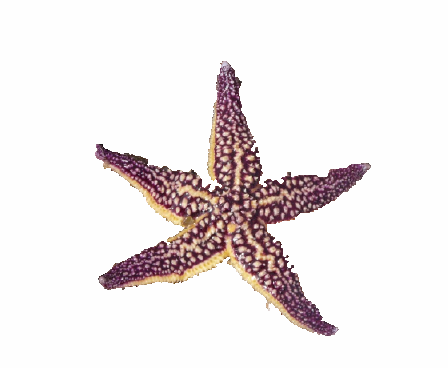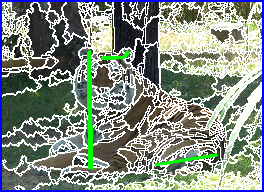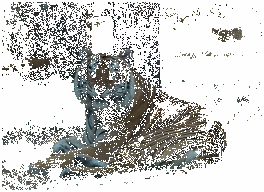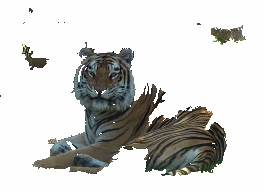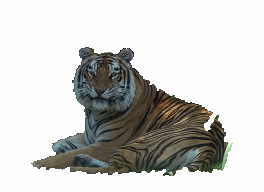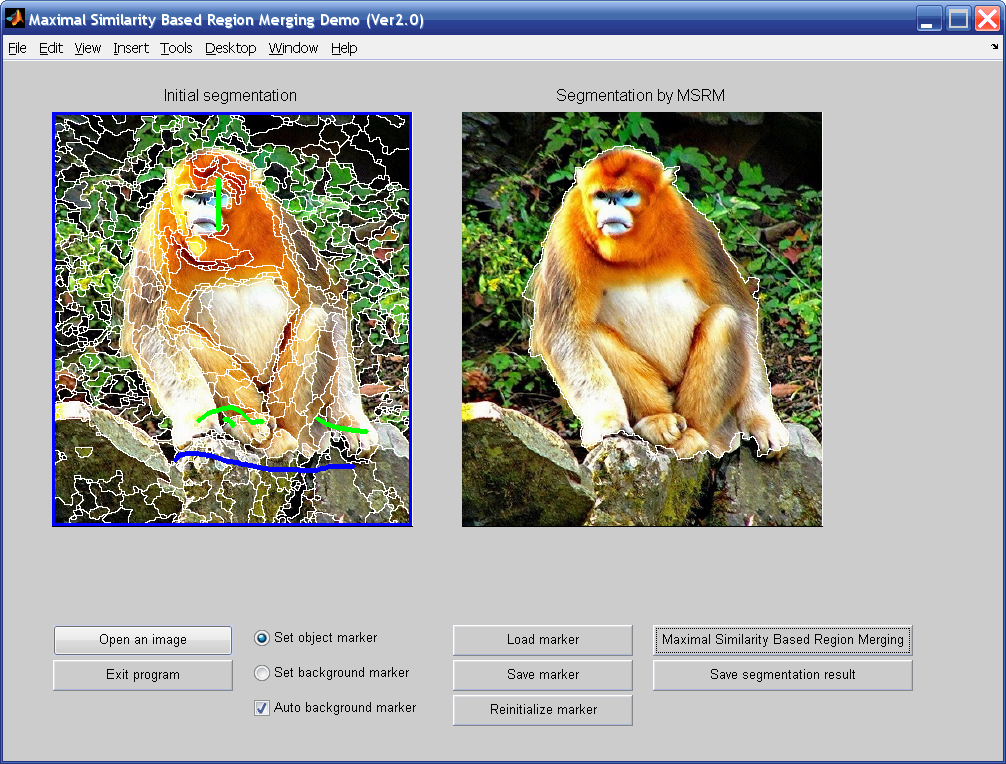Interactive Image Segmentation by Maximal Similarity Based Region Merging
Jifeng Ning, Lei Zhang , David Zhang and Chengke Wu
Abstract: Efficient and effective image segmentation is an important task in computer vision and object recognition. Since fully automatic image segmentation is usually very hard for natural images, interactive schemes with a few simple user inputs are good solutions. This paper presents a new region merging based interactive image segmentation method. The users only need to roughly indicate the location and region of the object and background by using strokes, which are called markers. A novel maximal-similarity based region merging mechanism is proposed to guide the merging process with the help of markers. A region R is merged with its adjacent region Q if Q has the highest similarity with Q among all Q's adjacent regions. The proposed method automatically merges the regions that are initially segmented by mean shift segmentation, and then effectively extracts the object contour by labelling all the non-marker regions as either background or object. The region merging process is adaptive to the image content and it does not need to set the similarity threshold in advance. Extensive experiments are performed and the results show that the proposed scheme can reliably extract the object contour from the complex background.
1. Publication
Jifeng Ning, Lei Zhang , David Zhang and Chengke Wu, "Interactive Image Segmentation by Maximal Similarity Based Region Merging", Pattern Recognition, 43(2), pp. 445-456, 2010. pdf (1.83M)
2. Experimental results
2.1 Segmentation demo by MSRM
|
|
|
|
|
|
|
Figure 1 Segmentation demo by MSRM |
2.2 Comparisons between Graph Cut and MSRM
|
|
|
|
|
|
|
|
|
|
|
|
|
|
|
|
|
|
|
|
|
|
|
|
|
|
|
|
|
|
|
|
|
|
|
|
|
|
|
|
|
|
|
|
|
|
|
|
|
|
Figure 2. Comparisons between graph cut and the proposed method. First column: initial segmentation and the input markers; second column: segmentation results by GCP; third column: segmentation results by GCR; last column: segmentation results by the proposed MSRM. |
|||
3. Matlab software with source code
, MSRM ver1.0 (1.14M), July 7, 2009
,
MSRM ver2.0 (6.17M), with a more friendly interface, July 12,
2010
|
|
4. Test images
, Test images (3M), July 12, 2010

